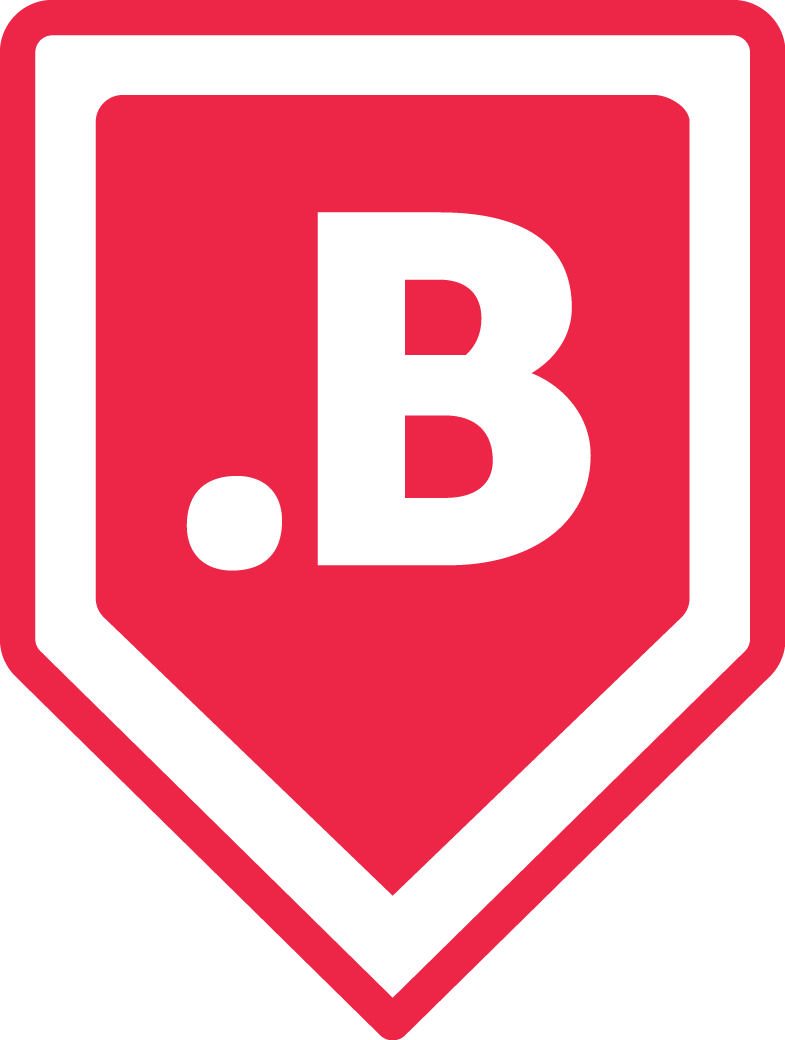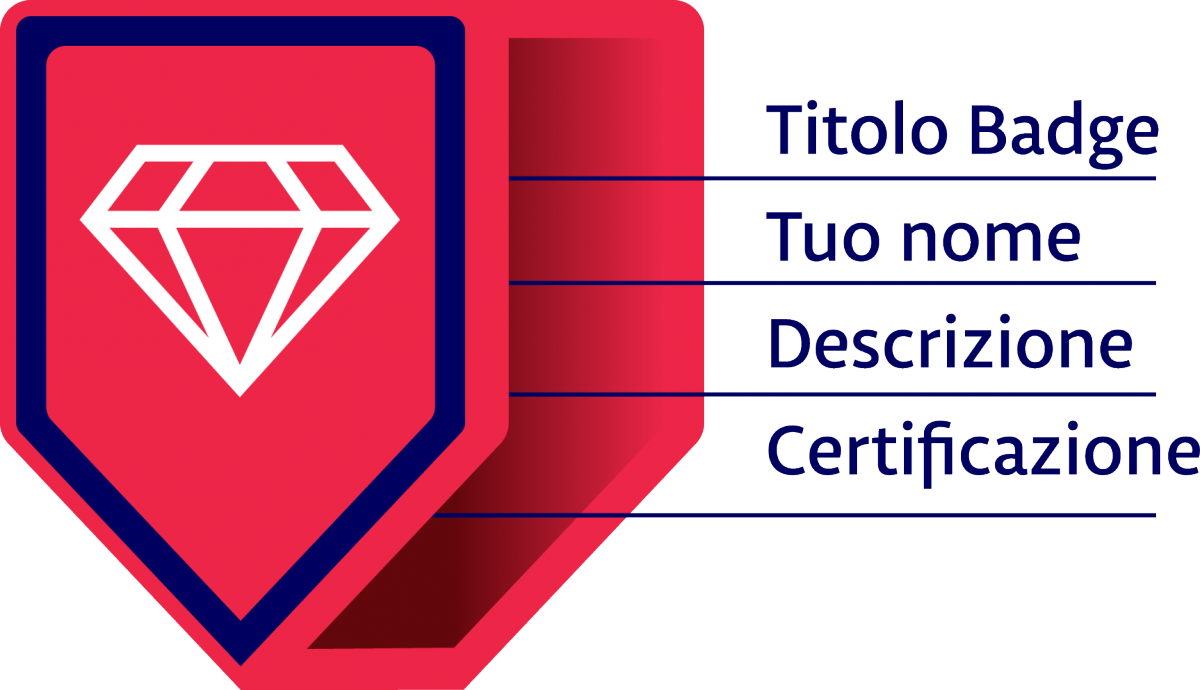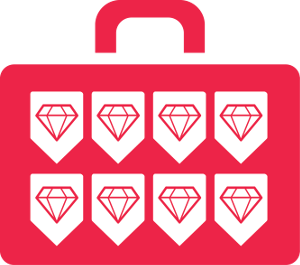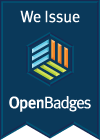The revolution of Open Badges
Badges...what are they?
 Until now, in Italy, the first thing that comes to anyone’s mind when the word “badge” is mentioned is the (in)famous card used to clock in or out of the office. But as of tomorrow everything could change. Badges, which currently just grant you access to the office, are transforming into tools which can change your role within the office! And in university classrooms! And in life!
Until now, in Italy, the first thing that comes to anyone’s mind when the word “badge” is mentioned is the (in)famous card used to clock in or out of the office. But as of tomorrow everything could change. Badges, which currently just grant you access to the office, are transforming into tools which can change your role within the office! And in university classrooms! And in life!
Open Badges represent a tool for education, professional growth and lifelong learning.
In the USA, the word "badge" is immediately reminiscent of the Boyscout: the starred and striped youth that complete tasks presented in the learning of a certain subject, rope tying, fire building etc., prove it to an adult in charge and so obtain a badge which they can display on their uniform. These are known In Italy as the Scouts’ "specialities" because a badge is precisely that; as the BadgeAlliance website states: a badge is a symbol or indicator of an accomplishment, skill, quality or interest.
A digital Badge does the same, but digitally! Like the Foursquare stickers - given to individuals who make the largest number of check-ins in certain places, Badges trace objectives reached and share the data with communities of interest. With such a potential, it is easy to understand why Badges become particularly useful in learning contexts, where they are able to provide proof of activities and guide and motivate learners, and this is precisely why Bestr has chosen digital Badges to represent the skills of each individual.
Not just images, but open metadata

At first sight, a digital badge is an image that represents a skill and the institution in charge of its verification. But the Badges issued by Bestr are not only simple images, just like they are not only simple badges; they are Open Badges. Attached to the image - the badge part that is always visible - other metadata is associated containing a description of the skill, the mode of verification, the indication of who verified it, and the identity of the individual who has acquired it..
Defined by an open standard - that of Mozilla Open Badges - the badges issued and managed by Bestr are:
- open: a free software by means of which any individual or organisation can read or create a compliant badge, without any binding tie with companies or products, the user being the unique true owner of the digital object;
- independent: they can be acquired in a wide variety of contexts, and each learner can decide which platforms to use in order to collect and show them;
- information-rich: they gather a lot of data, including the individual holding the badge, the badge issuer, the issuing date and the criteria applied to achieve the badge;
- safe: the identity of the individual holding the badge is linked to the image together with the other metadata and a hash algorithm that can be used to verify the validity of all the information.
With Open Badges, it is possible to enrich the things you learn, give value to the things you teach, verify and prove your skills, and show the badges on the web in association with your profile.
How are Badges used?

Within a platform that manages Open Badges – such as the Mozilla Backpack or the Bestr application - it is possible to view the Badges with all the richness of the metadata accompanying them, gather them in collections, establish which collections to make public and share them on-line should the user desire. Badges are also visible in other web environments – such as Wordpress, Linkedin, etc. – where they are simply and effectively displayed to represent accomplishments and skills.
It is particularly interesting to use Badges in e-Portfolios: a digital resumé that is able to show the learner’s professional path, through links, text, video and other multimedia elements. e-Portfolios of course include traditional and official educational qualifications and degrees, but their added strength is that they also represent individual skills, abilities and accomplishments acquired in a non-formal manner and from a spectrum of sources.
There are already many active projects that include Open Badges as a tool for teaching, verifying and proving skills, including the e-portfolio platforms Mahara (open source) and Pathbrite (widely used in American schools and universities). There are also educational projects employing Badges to stimulate the development of skills in younger students such as DIY.org and BuzzMath and entire e-learning systems and on-line courses such as Codeschool as well as the mighty Mozilla Foundation project, which with 10 Million better futures aims to leverage Badges to connect learners with companies. These are just a few examples of a rich and ever-growing world.
In Italy, Badges are called Bestr
 Bringing about this cultural revolution in Italy – importing the Open Badges model and adapting it to our education system – will not be child’s play but, as the original badge-wearing Scouts say: “Be Prepared”. Because the work and education market always needs an agile, dynamic, innovative system that knows how to recognise skills and human capital quality.
Bringing about this cultural revolution in Italy – importing the Open Badges model and adapting it to our education system – will not be child’s play but, as the original badge-wearing Scouts say: “Be Prepared”. Because the work and education market always needs an agile, dynamic, innovative system that knows how to recognise skills and human capital quality.
Bestr has accepted the challenge and will issue Open Badges, in perfect compliance with the standard defined by Mozilla, to describe the skills of learners, represent the skills requested by companies, and maximise their value through a platform that will become a meeting point among users, education providers and companies.
Essential elements in doing this are innovation, flexibility and trust: each Bestr Badge shows a clear indication of the represented skill or accomplishment, the way in which it has been verified and the institution that issued it.
An Italian challenge in the heart of Europe: Bestr is the italian representative of Badge Europe, an initiative aimed at spreading the use of Badges across Europe, giving value to individual skills and thus creating new learning and work opportunities.